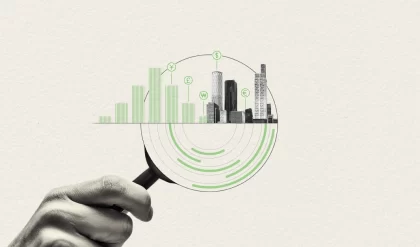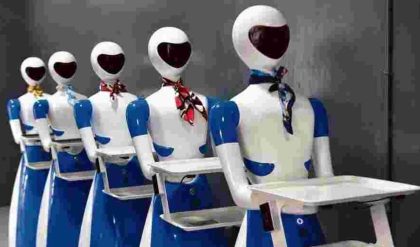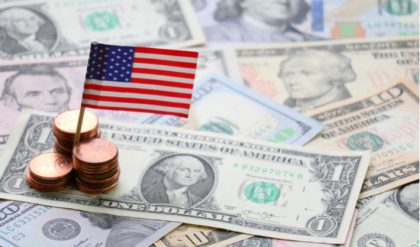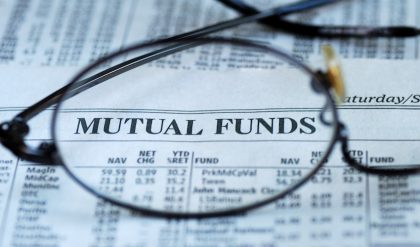The October employment numbers feature everything you might hope for in a jobs report.
Employers keep creating jobs at a healthy clip, 250,000 of them in October, a boom that was apparent in every major sector and that continued unabated even as the American economy inched closer to full employment.
The unemployment rate remained at a multidecade low of 3.7 percent. More notably, the proportion of the population either working or looking for work rose 0.2 percent. The number of adults not in the labor force at all fell by 487,000.
And employers evidently needed to pay higher wages to coax these workers off the sidelines. Long the soft underbelly of this expansion, average hourly earnings are now up 3.1 percent over the last year, from 2.8 percent in the previous reading.
Put it together, and this is the best time for the American labor market in at least 18 years and maybe closer to 50 — though it would be nice to see sustained wage growth substantially higher than inflation, not just in a single month, before making any comparisons to the boom of the late 1960s.
There’s a reason people call economics “the dismal science,” though, so it’s worth puzzling through some of the questions that remain unanswered — and that, depending on your view, could make a person a little more cautious about the new data.
How much of this is a sugar high from stimulus?
Economists tend to divide the economic effects of the trillion dollar tax cuts into two buckets. The first is the simplistic demand stimulus from throwing money at the economy. This Keynesian stimulus effect can be powerful, especially during recessions, but also is short-lived.
The second is creating stronger incentives for business to invest in long-lasting, productivity-enhancing capital. If a cut in corporate income taxes succeeds in doing that, there should be growth benefits for a long time to come.
It sure looks as if the boost in growth so far in 2018 is mostly about the first set of effects: Investment spending has been nothing special, and in the third quarter fixed investment — a category that includes both housing and business investment — was actually negative.
If the strong growth is going to be sustained, we’re going to need to see a handoff from Keynesian stimulus to stronger investment in higher productivity. There’s not much evidence of that happening so far.
Is inflation becoming a real risk?
For years, a debate has been playing out at the Federal Reserve over how much faith to put in traditional economic models in which low unemployment generates higher wages and thus feeds through into overall inflation.
For most of that time, the skeptics — people who have wanted to wait until there is hard evidence of inflation in the economy before trying to choke off the expansion with higher interest rates — have been vindicated.
The fact that the economy is now in a relatively healthier place than it was a couple of years ago is in no small part a result of the Fed’s moving cautiously on interest rate increases. And arguably, it would have gotten there sooner had the Fed been even more reluctant to raise interest rates.
But the last few months of data suggest that the Phillips Curve, the statistical relationship between low unemployment and inflation, has some usefulness after all.
Add in anecdotal evidence that the economy is butting up against supply constraints — along with a newfound willingness by companies to raise prices on things as varied as cat litter and airline flights — and for the first time in about a decade the possibility of substantial inflation is becoming real.
The inflation doves have been right the last couple of years; that doesn’t necessarily mean they’ll continue to be.
How many more workers are out there?
One important factor that will help determine answers to both of those questions is how many more potential workers are still on the sidelines, perhaps able to be coaxed back into the work force if wages keep rising and the jobs boom continues.
The more there are, the more growth the economy can sustain without stumbling into an inflationary spiral.
The proportion of prime-working-age adults — those between 25 and 54 — who were working in October soared to 79.7 percent, up from 79.3 percent in September and easily the highest of this expansion.
Strikingly, though, there is still room to run on this measure compared with the last two economic peaks. That figure was 80.3 percent in January 2007 and 81.9 percent in April 2000.
Does the economy still have the potential to reach those levels, or reach still higher ones? If so, there’s no reason this kind of job growth can’t continue for at least a few more years.
If, on the other hand, some of those who have left the labor force won’t be pulled in no matter what, the economy will be hitting a simple constraint of not having enough workers — all the more so given more stringent policies limiting immigration.
So celebrate the latest jobs numbers, while hoping that this proves to be the middle of a nice boom rather than the beginning of the end.





